Leukemia and Lymphoma: Understanding, Causes, and Natural Support
Leukemia and lymphoma are cancers that affect the blood-forming organs and the lymphatic system. Leukemia, often known as cancer of the blood and bone marrow, results when the body produces abnormal white blood cells in response to blood toxemia. This imbalance disrupts normal white blood cell function, leading to symptoms such as anemia, fatigue, fever, bleeding, and a higher risk of infection. Leukemia affects both children and adults, with certain forms more common in specific age groups. Its causes remain uncertain, but factors like radiation exposure, toxic chemicals, and genetic predispositions may contribute.
Traditional Chinese Medicine (TCM) Perspective and Emotional Aspects
In TCM, leukemia and lymphoma result from imbalances in the body’s internal environment, often linked to deficiencies in the Spleen and Kidney energies. These deficiencies can lead to Blood Stasis and Phlegm accumulation, obstructing the free flow of Qi and Blood. Chronic emotional stress, such as prolonged grief or worry, weakens the Spleen and Lung meridians, which compromises the body’s immune defenses.
From an emotional and chakra perspective, leukemia is often associated with an imbalance in the Heart Chakra (Anahata) since it involves the blood and immune system, which are symbolically linked to life force and love. Emotional blockages like grief, sadness, or lack of self-love may contribute to the development of this condition. Supporting emotional health through practices like meditation, acupuncture, and emotional therapy can help restore balance to the Heart Chakra and the body’s energy systems.
Causes and Risk Factors
The exact cause of leukemia remains unknown. However, various risk factors can increase susceptibility. These include genetics, chronic viral infections, and exposure to toxic chemicals like benzene. Environmental factors, such as exposure to electromagnetic fields and radiation, may also contribute. Nutritional deficiencies, especially selenium, can increase risk. In TCM, environmental toxins and emotional stress disturb the body’s Yin-Yang balance, creating conditions conducive to disease.
Diet and Lifestyle for Supporting Leukemia Patients
A nourishing diet can support the body during leukemia treatment. Avoid foods that may worsen the condition, such as processed meats, excess sugar, and dairy products. Focus on foods rich in antioxidants and anti-inflammatory properties. Incorporate leafy greens, cruciferous vegetables, whole grains, and legumes. Foods like apples, beets, and garlic can help increase blood counts during chemotherapy.
Soy products like tofu, tempeh, and miso contain genistein and isoflavones, which may offer some protection against leukemia. In TCM, foods that strengthen the Spleen and nourish the Blood, such as black beans, goji berries, and red dates, are recommended. Avoid mucous-forming foods like dairy and refined sugar, as they can contribute to Dampness and Phlegm accumulation.
Vitamins, Minerals, and Herbal Support
Antioxidants: Vitamins A, C, and E are potent antioxidants that help neutralize free radicals and support immune function. Beta-carotene, a precursor of vitamin A, is found in fruits and vegetables like carrots, sweet potatoes, and spinach. It helps modulate gene expression and enhance cell-mediated immunity. Vitamin C, present in citrus fruits, bell peppers, and strawberries, enhances white blood cell activity. Vitamin E, found in nuts, seeds, and spinach, protects cells from oxidative stress.
Selenium: Selenium is a vital mineral with antioxidant properties that supports immune function and reduces oxidative stress. It is present in foods like Brazil nuts, sunflower seeds, and fish. Studies show an inverse correlation between selenium levels and cancer mortality. Maintaining adequate selenium levels can help support the body’s defense mechanisms.
Herbal Remedies: In TCM, herbs like Astragalus and Reishi mushrooms strengthen the body’s Qi and boost immune function. Reishi mushrooms have adaptogenic properties, supporting the body’s response to stress. Milk Thistle is another herb that supports liver function and detoxification, reducing the side effects of conventional treatments. These herbs work to nourish the body, improve energy flow, and support the immune system.
Green Foods and Soy: Alkalizing foods promote detoxification and support immune function. They help maintain an alkaline environment in the body, which is believed to be less conducive to cancer growth. Soy products contain phytoestrogens that may inhibit cancer cell replication.
Lifestyle Practices and Emotional Health
Addressing emotional health is crucial in managing leukemia and lymphoma. Practices like meditation, yoga, tai chi, and qi gong reduce stress and balance emotions. These practices foster feelings of peace and self-acceptance, essential for emotional healing. Regular physical activity, adequate sleep, and stress management techniques play a vital role in supporting the immune system and enhancing overall well-being.
In TCM, acupuncture restores the balance of Qi and strengthens the body’s resistance to disease. It can help manage symptoms and side effects of leukemia treatment, such as fatigue and nausea. Emotional therapies, such as counseling or energy healing, address emotional blockages and support the healing process.
Conclusion
Leukemia and lymphoma are complex conditions requiring a comprehensive approach. Integrating dietary changes, herbal remedies, and lifestyle practices can nourish the body and strengthen the immune system. Recognizing the emotional and energetic aspects, as viewed in TCM and chakra systems, provides deeper insight into the healing process. By addressing both physical and emotional health, individuals with leukemia can work toward restoring balance and improving their quality of life.

